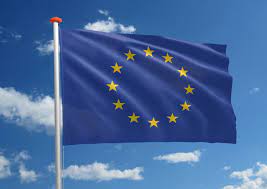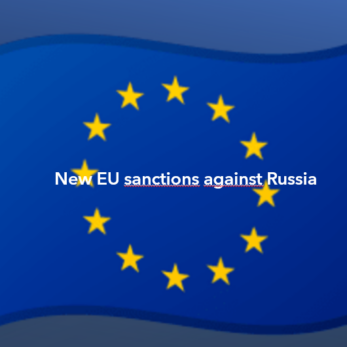On May 5, 2020 the UK and US governments kicked off a first round of negotiations on a UK-US Free Trade Agreement. The UK government had made these talks on a trade deal a priority following its exit from the EU. The talks with Washington are set to run alongside post-Brexit trade negotiations with the EU.
Talks will cover all areas set out in the UK’s negotiation objectives, including goods and services trade, digital trade, investment and supporting SMEs. The UK is hoping to capitalise on its new-found ability to strike free-trade deals by increasing opportunities for exports of cars, ceramics, whisky and cheese, while the US stated in its set of objectives last year that it would seek full access for US agricultural products and reduced tariffs for US manufactured goods to the UK market.
Both countries have already laid the groundwork for an ambitious agreement through the UK-US Trade and Investment Working Group, which has met six times in the lead up to the talks.
In July 2017, both countries established the US-UK Trade and Investment Working Group. The Working Group was established to provide commercial continuity for UK and US businesses, workers, and consumers as the UK leaves the European Union and to explore ways to strengthen trade and investment ties. This work includes laying the groundwork for a potential future free trade agreement once the UK has formally exited the European Union.
On October 16, 2018, the US confirmed to start negotiating a trade agreement with the UK, once the UK would leave the EU in March 2019. On November 16, USTR requested public comment on the Administration’s negotiating objectives for the U.S.-UK trade agreement.
UK government analysis shows a UK-US FTA will benefit every region and nation of the UK, with the greatest benefits in Scotland, the North East and the Midlands. It will also include a dedicated chapter to help the UK’s 5.9 million small businesses.
As part of the US-UK Trade and Investment Working Group, the United States and the United Kingdom (UK) have signed agreements on specific products. These products are currently covered by existing agreements the United States maintains with the European Union (EU), which have covered trade with the UK by virtue of its membership in the EU. These new US-UK agreements will ensure that there is no disruption in trade of these specific products between the United States and the UK when the UK leaves the EU.
The UK governement has ear-marked the US, Australia, New Zealand and Japan for its post-Brexit trade agreements. The US, its largest single trade partner, accounts for nearly 19% of all UK exports in 2018 and 11% of imports.
The UK Department for International Trade’s analysis has suggested that a US-UK pact would be more about political symbolism than economic gain. Britain’s economy would be just 0.16% bigger over 15 years – equivalent to £3.4 billion – if all tariffs with the US were eliminated. The UK currently runs a £45 billion (€50 billion) annual trade surplus with the US.
Sources:


